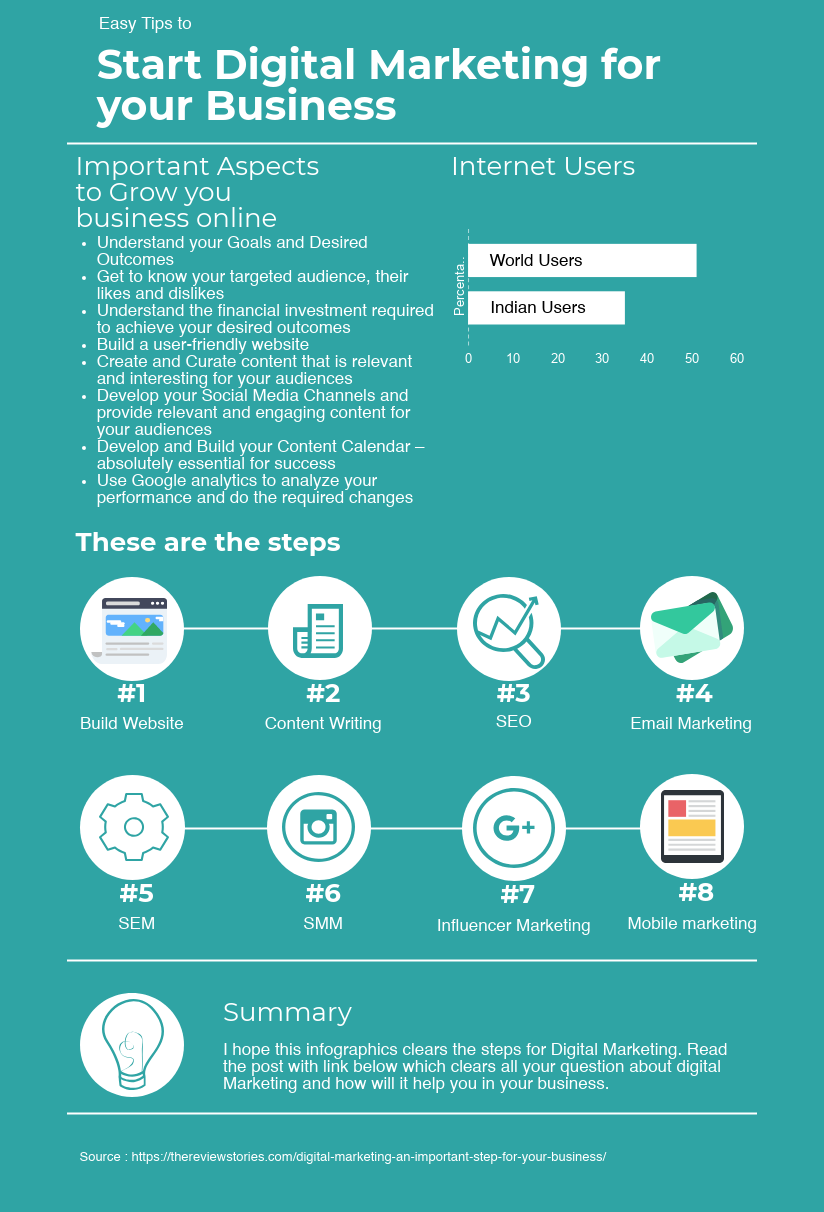Becoming Competent In Web Design: Crucial Principles And Leading Methods
Becoming Competent In Web Design: Crucial Principles And Leading Methods
Blog Article
Post Written By-Lowery Hartvig
Master web design like a pro by mastering key concepts and finest techniques. Guarantee smooth functionality and constant user experience with responsive layout. Typography and color concept improve readability and brand name identification. Create Learn Even more by concentrating on receptive style, liquid grids, and fast packing times. Accept the art of website design to boost performance and user fulfillment.
Importance of Responsive Style
Why is receptive layout crucial for modern-day websites?
Receptive style is essential since it ensures that your internet site adapts and features effortlessly across various gadgets, such as smartphones, tablet computers, and desktop. By applying receptive layout principles, you give a constant user experience regardless of the tool being used to access your site. This adaptability is vital in today's digital landscape, where individuals expect websites to be conveniently obtainable and visually appealing on any kind of display size.
Furthermore, responsive style can positively impact your website's search engine optimization (SEARCH ENGINE OPTIMIZATION) efforts. Online search engine like Google prioritize mobile-friendly web sites in their rankings, implying that having a receptive layout can improve your site's exposure and attract even more natural web traffic.
In addition, receptive style can aid boost customer engagement and lower bounce prices. When site visitors have a favorable experience navigating your website on their tool of choice, they're most likely to stay longer, discover your web content, and eventually convert into customers or clients. Consequently, investing in responsive layout isn't simply a pattern yet a need for producing successful and user-friendly web sites in today's digital age.
Typography and Shade Concept Proficiency
Understanding typography and color concept is necessary for producing visually appealing and cohesive styles on websites. Typography goes beyond choosing fonts; it includes choosing the right fonts, dimensions, spacing, and hierarchy to boost readability and convey the designated message efficiently. Constant typography assists establish brand name identity and improves user experience by directing visitors with the web content effortlessly.
https://emailmarketingtool62840.ziblogs.com/35305714/experience-the-transformative-power-of-the-green-hosting-activity-in-changing-internet-solutions-for-a-sustainable-future-find-more-past-the-surface plays a crucial function in stimulating feelings, setting the state of mind, and highlighting vital aspects on a webpage. Comprehending the concepts of color harmony, comparison, and psychology enables you to produce layouts that resonate with your target market. By using a well-balanced shade palette, you can create visual interest, develop aesthetic power structure, and improve overall aesthetic appeals.
When incorporating typography and shade theory, strive for balance and consistency. Guarantee that the selected typefaces match each other which the color design enhances readability and aesthetic allure. By understanding these components, you can raise your web design skills and develop spectacular sites that leave a long lasting impact on visitors.
Seamless Functionality Throughout Instruments
Accomplishing seamless functionality throughout devices is vital for making sure a constant user experience on your web site. When customers access your website from different tools, such as desktops, tablets, or smartphones, they anticipate a smooth and user-friendly experience no matter the display size or device capacities. To attain this, concentrate on responsive web design. Receptive design allows your site to adjust and present ideally on numerous gadgets, getting rid of the need for customers to zoom in or out to watch material. Make use of liquid grids, versatile photos, and media inquiries to create a dynamic layout that changes flawlessly to various screen sizes.
Along with responsive design, maximize your site's performance throughout tools. Make certain quick filling times by minimizing huge images and unneeded manuscripts that can slow down smart phones. Check your site on different devices and browsers to identify any kind of compatibility problems and resolve them quickly. By prioritizing smooth capability across tools, you can boost customer complete satisfaction and engagement, eventually driving better results for your website.
Conclusion
Congratulations!
You have now unlocked the tricks to understanding website design like a real pro. By recognizing the significance of receptive layout, mastering typography and shade theory, and making certain smooth functionality across tools, you're now unstoppable in creating magnificent websites that astound and engage customers.
Your skills are so superior that you'll have clients lining up around the block simply to work with you. Keep up the amazing work and remain to press the limits of web design!
